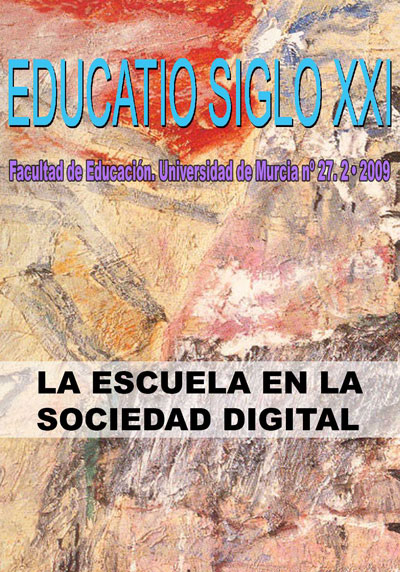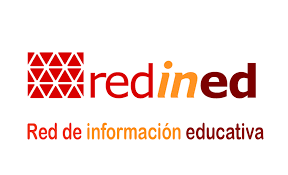Possibilities of training through New Virtual Scenarios
Abstract
The presence of technologies in all fields of life is affecting the guises educational action can take in all life situations and at any age. The interactive possibilities inherent in the new virtual tools are shifting away from the hegemonic role the transmitter plays in classic paradigms of communication and opening up to the receivers, making the function of the channel and the codes more complex and enabling the creation of virtual communities. Gaining an understanding of the existence, uses and repercussion of virtual communities in the new modes of learning was my target in the work that made this study possible. This article endeavours to show the possibilities and limitations of the resources used and analysed in experimentation and to foster the use of technologies to develop new environments of independent, cooperative learning that reinforce the development of creativity, self-esteem and critical thought. A high degree of participation has been detected, especially on the part of the virtual community studied. Multiple innovative forms of reciprocal aid have been seen to exist, as has the setting of new horizons in the search for collaborative, innovative learning in terms of forms and strategies. Also, a growing interest has been found in the interconnection and interrelationship of schools as well as students, specialist teachers and school management teams.Implications in educational practices:
• Pedagogical qualification of the teaching staff updated on an ongoing basis.
• Adaptation tailored to include all individuals, according to their needs and demands.
• Blurring of borders and distances, as the new on-line resources enable teaching to be done regardless of space and even time.
• Integration of new relationships amongst transmitter, receivers and messages.
• The new model of teaching and learning can imply consideration for the acquisition of new competences by teachers and students.
Downloads
-
Abstract512
-
PDF (Español (España))409
Original work publishes in this journal is subject to the following terms:
1. Murcia University Press (the publishing house) holds the copyright of the publishes work, and favours and allows their reutilization under the use license stated in point 2.
© Servicio de Publicaciones, Universidad de Murcia, 2015
2. Work is published in the electronic edition under a license (Creative Commons Reconocimiento-NoComercial-SinObraDerivada 4.0 España (legal text). They can be copied, used, disseminated, transmitted and publicly presented, as long as: i) authorship and original publication source is acknowledged (journal, publishing house and URL of the work); ii) are not used for commercial purposes; iii) the existence and specifications of this use license is stated.
3. Conditions for self-archive. Authors are allowed and encouraged to disseminate electronically the pre-pint (before review) and/or post-print (accepted for publication) versions of their work before their publication since that favours earlier circulation and dissemination resulting in an increased chance for the authors to be cited and for the work to reach a bigger share of the academic community. Colour: RoMEO: green.








